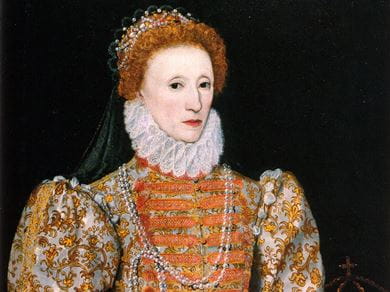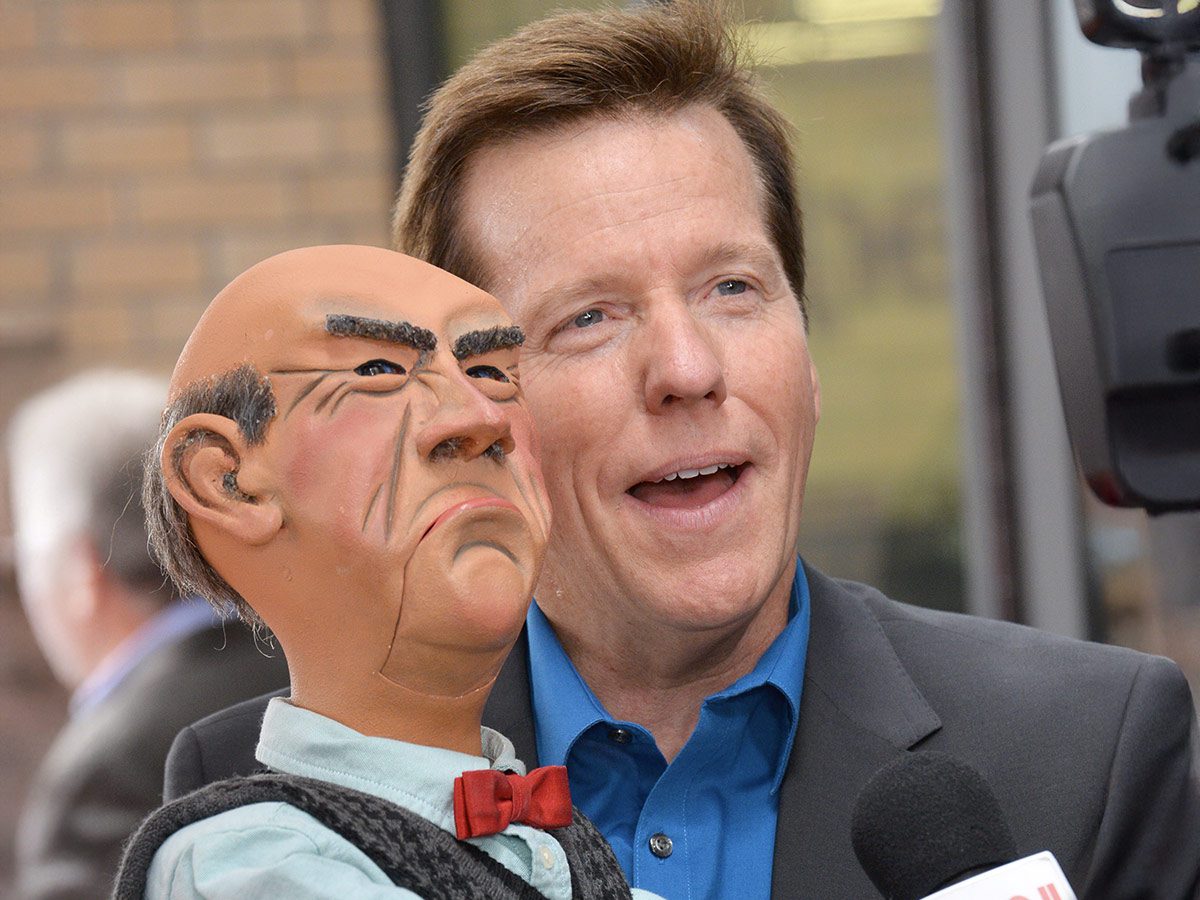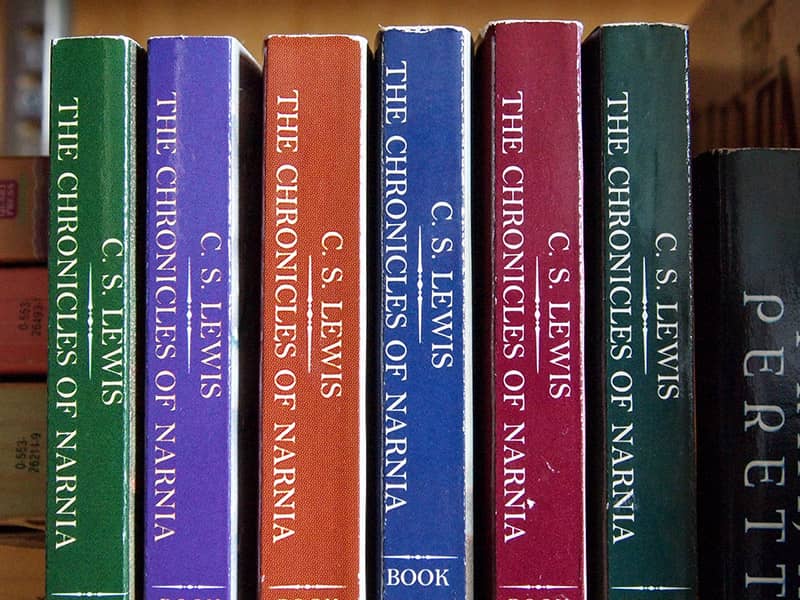
- Faith: Protestant
- Career: Public Figure
- Birthday: September 07, 1533
Elizabeth I was Queen of England and Ireland for 45 years until she died in 1603. She was the last monarch of the House of Tudor and is sometimes referred to as the “Virgin Queen.” Elizabeth was the only surviving daughter of Henry VIII by Anne Boleyn, his second wife, who was executed when Elizabeth was two years old. Anne’s marriage to Henry was annulled, and Elizabeth was declared illegitimate. However, Henry restored her to the line of succession when she was 10 via the Third Succession Act of 1543.
After Henry died in 1547, Elizabeth’s younger half-brother, Edward VI, ruled until he died in 1553, leaving the crown to a Protestant cousin, Lady Jane Grey and ignoring the claims of his two half-sisters, the Catholic Mary and the younger Elizabeth, in spite of statuses to the contrary. Edward’s will was set aside within weeks of his death, and Mary became queen, deposing and executing Jane. During Mary’s reign, Elizabeth was imprisoned for almost a year on suspicion of supporting Protestant rebels.
When Mary died in 1558, Elizabeth succeeded to the throne and set out to rule by good counsel. She depended on a group of trusted advisers led by William Cecil, whom she created Baron Burghley. One of her first actions as queen was the establishment of an English Protestant church, of which she became the supreme governor. This Elizabethan Religious Settlement was to evolve into the Church of England. Elizabeth was expected to marry and produce an heir. However, despite numerous courtships, she never did. She was eventually succeeded by her first cousin twice removed, James VI of Scotland, the son of Mary, Queen of Scots.
In government, Elizabeth was more moderate than her father and siblings had been. One of her mottos was video et taceo, which translates to “I see and keep silent.” In religion, she was relatively tolerant and avoided systematic persecution. After the pope declared her illegitimate in 1570, which in theory released English Catholics from allegiance to her, several conspiracies threatened her life, but all were defeated with the help of her ministers’ secret service, run by Francis Walsingham. Elizabeth was cautious in foreign affairs, maneuvering between the major powers of Spain and France. She half-heartedly supported numerous ineffective, poorly-resourced military campaigns in the Netherlands, Ireland and France. By the mid-1580s, England couldn’t avoid a war with Spain anymore.
As she grew older, Elizabeth became celebrated for her virginity. A cult of personality flourished around her, which was celebrated in the pageants, portraits, and literature of the day. Her reign became known as the Elizabethan era, a period famous for the flourishing of English drama, led by playwrights like William Shakespeare and Christopher Marlowe.
What religion was Queen Elizabeth I?
When she assumed the throne, Queen Elizabeth restored England to Protestantism, breaking the policy of her half-sister and predecessor, Queen Mary I, a Catholic monarch who desperately tried to eliminate Protestantism from English society. Elizabeth accepted her campaign to suppress Catholicism in England, but hers was less bloody and more moderate than the one enacted by Mary.
Back to the Celebrity Faith Database














